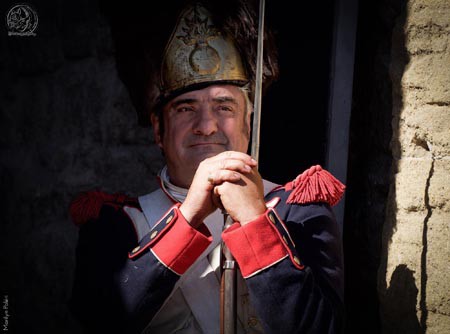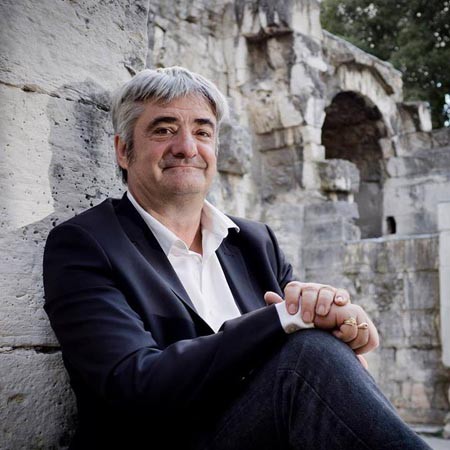Born more than half a century ago in the USA, this practice really emerged in France in the 2000s. These days, if we take into consideration all eras, thousands of enthusiasts devote themselves to this passion for Living History. And this activity gives me, a university professor of history, a concrete perception of the realities of the Napoleonic period. Indeed, how can we talk about military history without having loaded a musket?
But beyond history there is also the human side. At many re-enacting events, I have met dozens of groups that bring together people of all ages, from very different social backgrounds. Among them, there are of course a few crackpots who are living in a sort of fantasy world. But, through a form of natural selection, such people quickly find themselves eliminated by associations increasingly concerned about their image. The fact is, wherever they come from and whatever period they are “reviving”, these re-enactors are never playing at “dressing up”; moreover, they all share the same passion for history. They may have arrived there by different paths, but once in their group, they all manage to forge friendships where social distinctions disappear beneath the uniform of the regiment that they are bringing back to life.
Some people will, of course, ask themselves, “What’s the point?” It is true that in our societies, which have become “nomadic” and “ultra-connected”, these keen enthusiasts sweating inside uniforms from another time are experiencing a sort of historical ‘truth’. Though this may be contrary to the zeitgeist of these times with its penchant for universality and inclusiveness, indeed French history is supposed these days to be “repentant’ – so much so that some will even suspect re-enactment as being the re-emergence of a dangerous nostalgia -, in fact, most of these volunteers are simply trying to understand what their ancestors experienced before them. They also seek, and above all, to share this passion with as many people as possible. In this respect, the success has been resounding, as the public is coming in ever-increasing numbers to attend these re-enactments. Children lift their heads for a moment from their screens and adults turn away from the TV. Of course, in France, institutions still look at this activity with disdain. Yet more and more history students are joining these groups. They will be the historians and history teachers of tomorrow. Having had this hands-on experience of certain realities, they will be able to pass on this heritage to their students more easily. In this way, they will give Living History their stamp of approval, far from the fantasies that some people attribute to them. Donning the blue jacket of the Revolution and the Empire, they will find at the bivouacs their counterparts in red, green or white. Together, they will be part of a Europe that is as peaceful as its history was conflictual. A Europe that will know where it is going by knowing where it comes from…
Éric TEYSSIER Lecturer in History at the University of Nîmes. Grenadier of the 37th line. Association “Le chant du départ”. (English translation: Rebecca Young)



